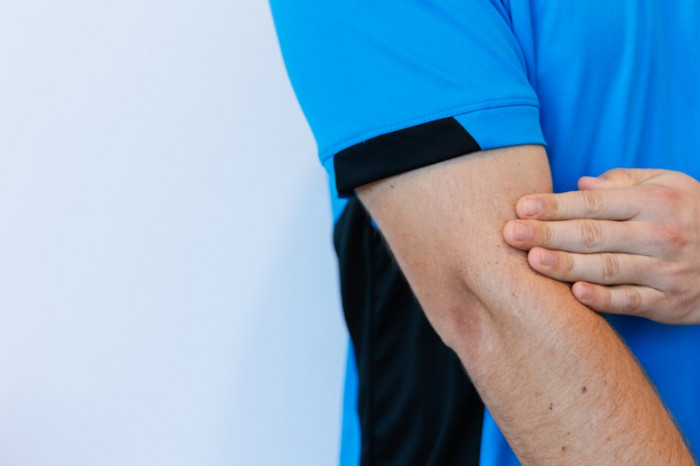Hermitage Centre (02) 6583 2111 | Lake Innes (02) 6516 2222 | Wauchope (02) 6585 1388

What Causes Elbow Pain
These conditions are due to inflammation or irritation of the tendons. They often develop gradually over time due to repetitive motions and can cause discomfort and limited movement in the affected arm.
Golf Elbow: affects the inner side (medial side) of the elbow. It could be caused by repetitive use of the forearm muscles and tendons that control wrist and finger movements. Golfer's elbow can result from activities other than golf, such as typing, painting, or using tools. Symptoms include pain and tenderness on the inner side of the elbow, sometimes extending into the forearm.
Tennis Elbow: affects the outer side (lateral side) of the elbow. It is caused by repetitive gripping and twisting of the forearm. Activities like typing, knitting, or repetitive use of a screwdriver can lead to this condition. Symptoms include pain and tenderness on the outer side of the elbow and may radiate into the forearm and wrist.

